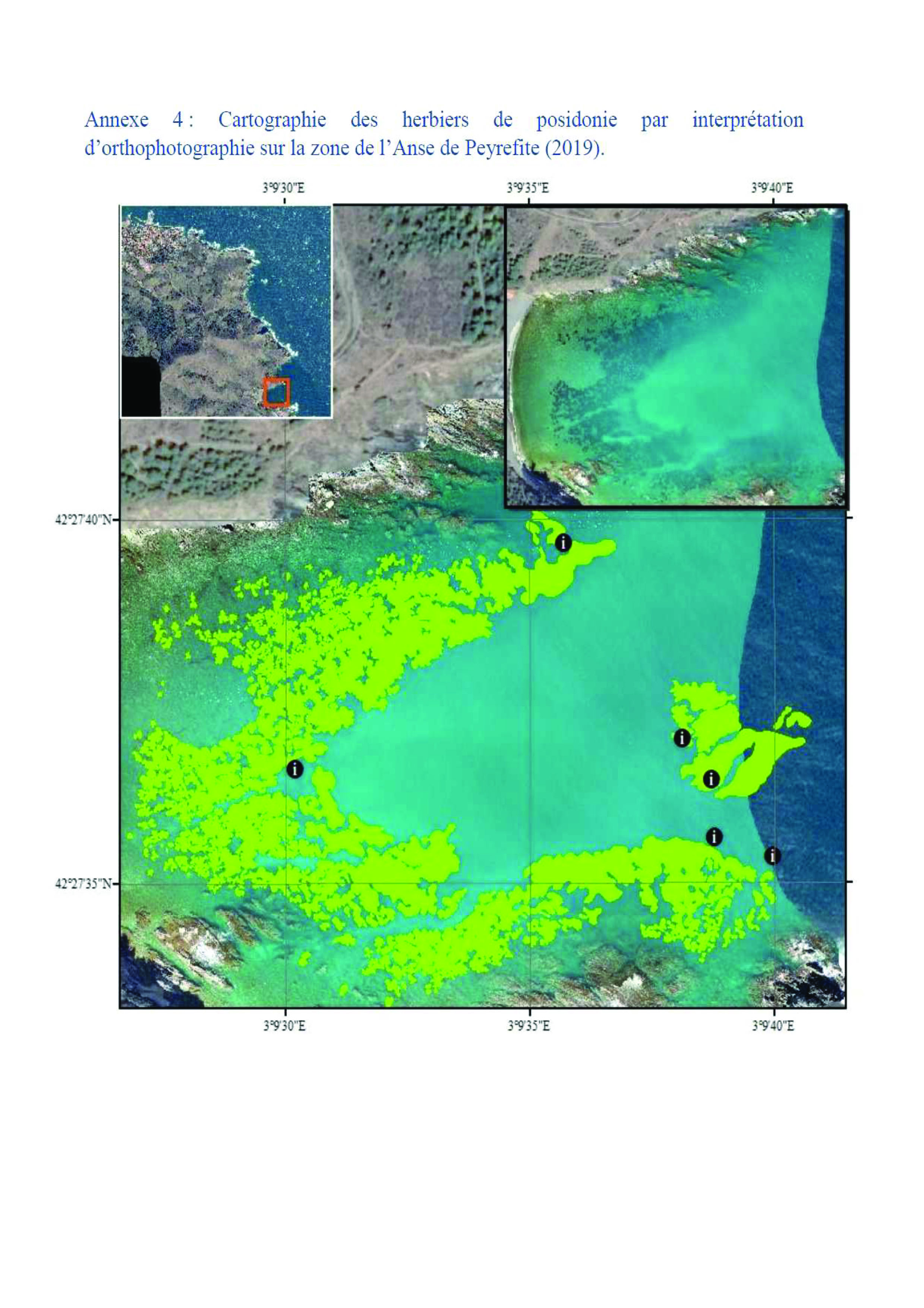Since 2006, more than 100 research papers on the Golden Snub-nosed Monkey have been published in academic journals, 30 papers were included in the Scientific Citation Index, and 2 papers were published in the Nature. Five national patents have been acquired, six books have been published, and three achievements have won the provincial award for progress in science and technology.
Every year more than 5,000 university students and researchers visit the Research Base for practice or research. Exhibition centers were built to display images, materials, popular science articles and live video of the species so that visitors can see the monkeys without disturbing them. The species was listed in the Top 10 Animals in the News in 2009, many photos have won domestic and international photography awards, famous documentaries have taken shots in Shennongjia, and dozens of major media companies have released stories of the species.
The locals are now well aware of the importance of the species and human activities threatening the habitat greatly reduced, many locals and visitors have become volunteers, and donations have been received for the conservation of the species. The population of the species and the area of its habitat have significantly increased.
Publishing research achievements to promote the species and its conservation, inviting media to tell the stories, and use the research achievements for popular science education, to promote the public awareness on the species and its conservation.
1. Research achievements needs to be transformed into easy-to-understand popular science education materials.
2. The research base should not be open to general tourists. Only researchers, study-tour groups and media staff are allowed to enter the base after disinfection. All visitors should wear disinfected outfit and stay on the trail to keep distance with the monkeys.
3. Visitors whom the monkeys in the base are not familiar with are not allowed to touch the monkeys.
4. The number of visitors must be controlled and they must be required to keep quiet so that the monkeys won't be frightened.
